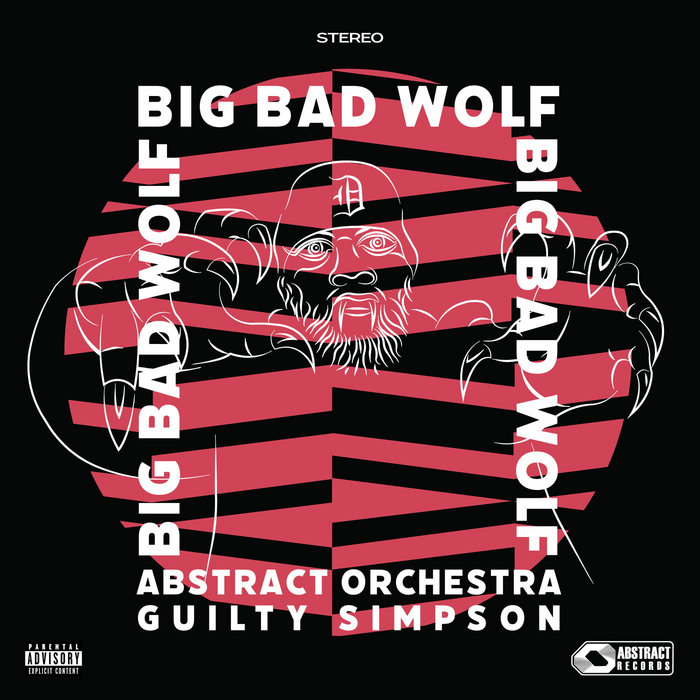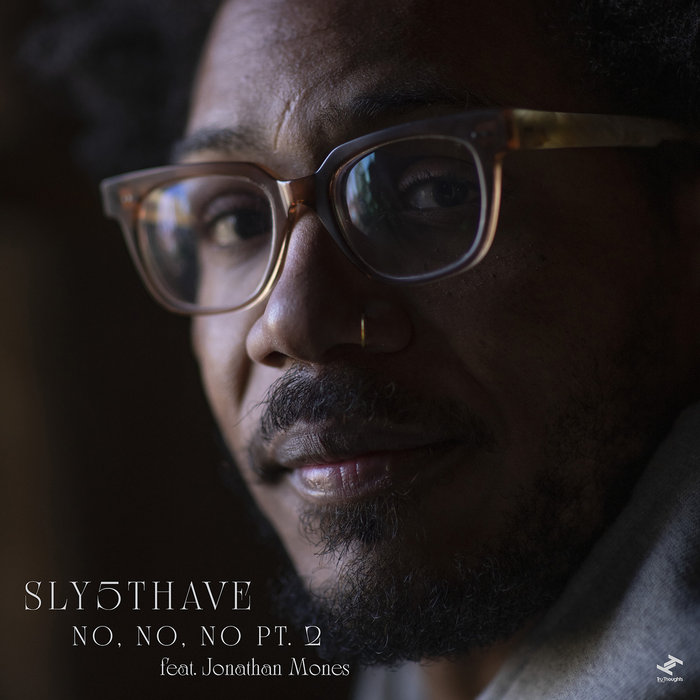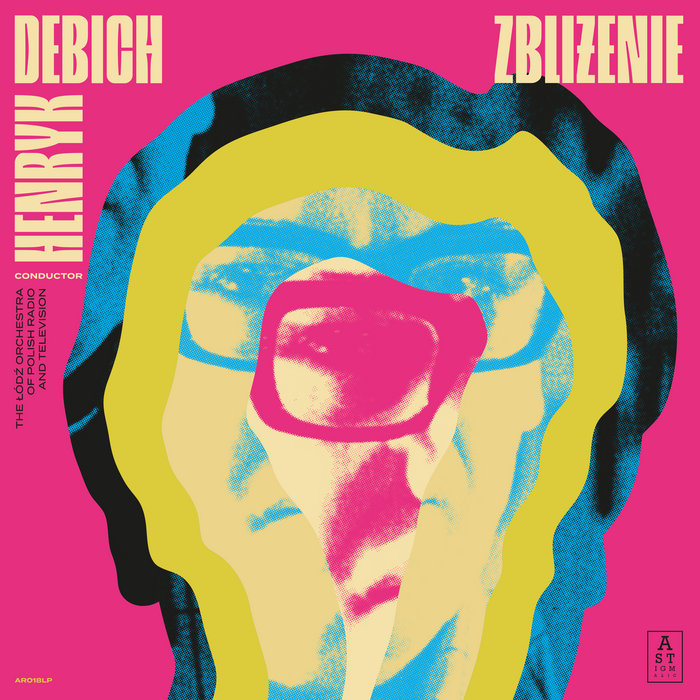
Big Bad Wolf – Abstract Orchestra
this blog is GROOVY – check out great Soul, Funk, Jazz, Hip Hop, Bass, Breaks , Reggae, House n many more TUNES
So, let’s take a funky ride through the history of orchestras! You might think orchestras are all about tuxedos and serious faces, but trust me, there’s a whole lot more to it than that! Grab your favorite snack and get comfy as we dive into this symphonic saga.
The word “orchestra” comes from the ancient Greeks. They used to jam with groups of musicians at dramatic performances. These early ensembles were pretty chill compared to what we know today. Fast forward a few centuries, and bam! The orchestra really started taking shape in the 17th century during the Baroque period.
Imagine composers like Bach and Handel strutting their stuff with small choirs of instruments—a harpsichord here, some strings there. But wait, things were just heating up!
Jump on over to the Classical era (1750-1820) where guys like Mozart and Haydn kicked things up a notch! Composers began grouping together different instrument sections—like strings, woodwinds, brass, and percussion—leading us toward today’s full-blown orchestra.
Did you know? Mozart had such an incredible sense of humor that he often snuck in playful melodies into his compositions just to see if anyone would notice. Talk about cheeky!
In comes Romanticism (roughly 1820-1900). It was all about big emotions—love stories turned epic dramas; composers like Tchaikovsky wanted every note to tug at your heartstrings.
They even expanded orchestral size! Where previously you had maybe two flutes or four horns chilling out together, now you had trumpet fanfares blasting alongside massive string sections. Picture it like a musical mosh pit!
And here’s a funny tidbit for you: while performing “1812 Overture,” Tchaikovsky called for actual cannon fire in his score! Can’t say many concerts include live artillery nowadays!
Boom! We hit the 20th century—and what do we see? Jazz starts swinging its way into orchestral arrangements. Duke Ellington was one cool cat who crossed genres using big bands mixed with classical elements. Musicians were having such fun experimenting that they practically transformed how people view traditional music ensembles!
Speaking of jazz vibes… Did you hear about when some members of an orchestra tried performing Beethoven while dressed as characters from Star Wars? Yup—it happened during charity events where people traded formal wear for costumes just for kicks!
Orchestras started becoming more diverse too as contemporary composers played by their own rules (think John Adams or Philip Glass). They added electronic sounds or mixed in world music flavors creating wild soundscapes unlike anything before.
Let’s not forget those delightfully quirky moments amongst musicians:
The Great Conductor Switcheroo: During one performance abroad back in the ‘70s at Vienna Philharmonic Hall—legend has it that one conductor accidentally went off-script mid-symphony befuddling both players AND audience members alike!
Tuba Troops Unite: Tubists have long been known for their lively personalities; rumor has it they once threw an impromptu party backstage complete with pizza delivery right before showtime—which is why sometimes tubas can feel extra heavy after intermission…
The Mysterious Missing Baton: There was once a conductor who couldn’t find his baton right before concert time—the frantic search led him around backstage until someone finally discovered he’d tucked it behind his ear during practice; no wonder he couldn’t find that sucker!
Squeaky Chairs Galore: Ever heard an entire chord getting derailed because someone sat down too hard on squeaky chair? Well believe me—it happens more often than you’d think especially during solemn moments when everyone expected absolute silence…
From noble roots steeped deep within classical foundations spreading mischievous snowflakes across different genres today—the wonderful world of orchestra keeps moving forward blending tradition with innovation—all while maintaining good ol’ humor along its melodious journey.
So next time you’re caught listening intently to beautiful symphonies playing out loud remember all those groovy tales hidden between each note; embrace laughter shared among fellow musicians warming hearts around us every single day through magical harmonies dancing alive right under our noses! Keep celebrating this timeless art form—and who knows—you might just groove yourself straight into an inspiring moment filled with unexpected chuckles too!! 🎶✨

Big Bad Wolf – Abstract Orchestra

No, No, No Pt. 2 feat. Jonathan Mones – Sly5thAve

Zbliżenie – Henryk Debich